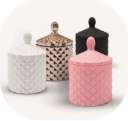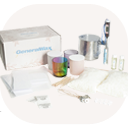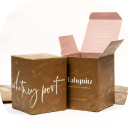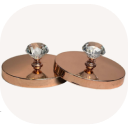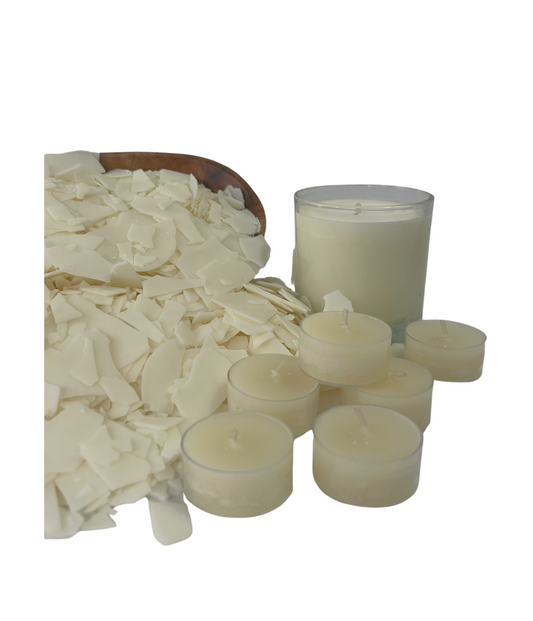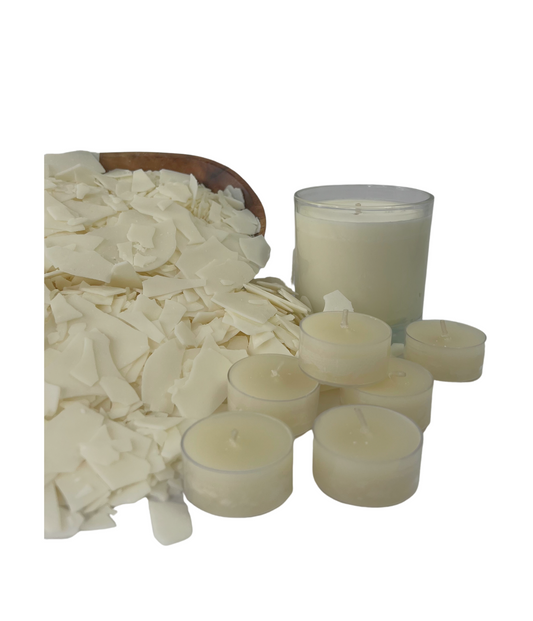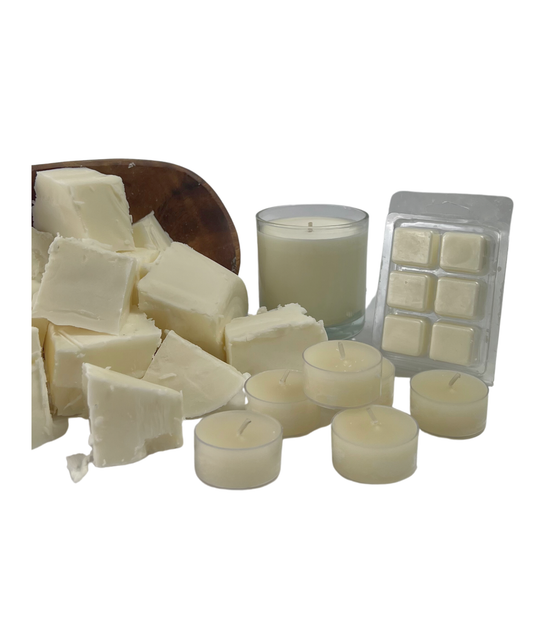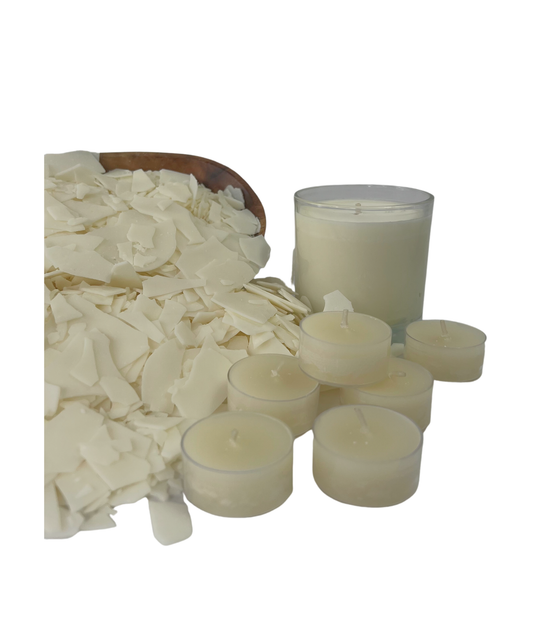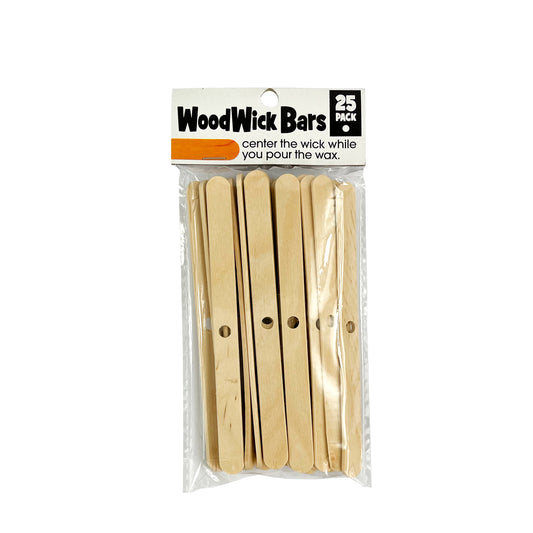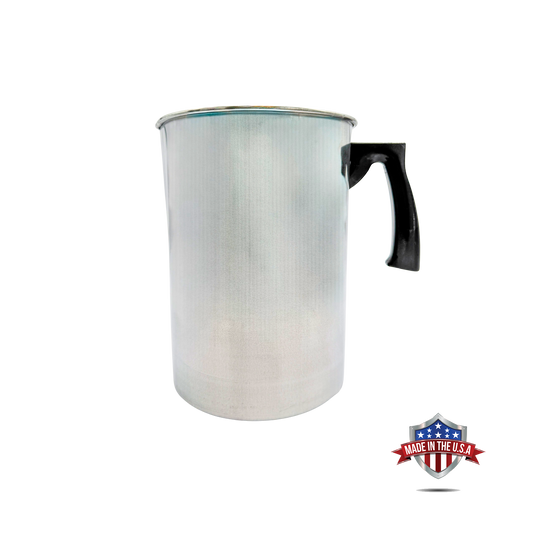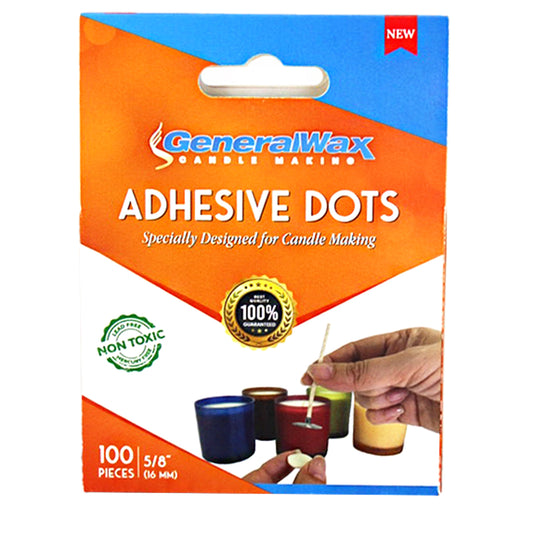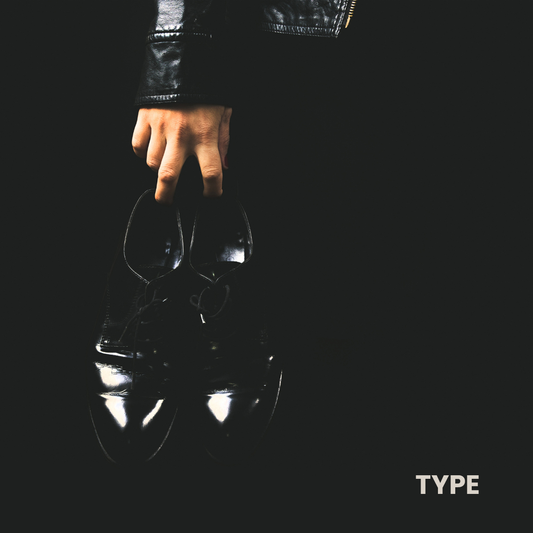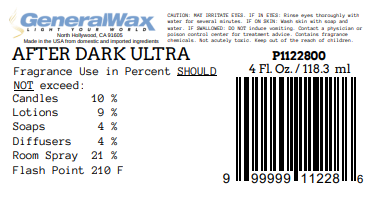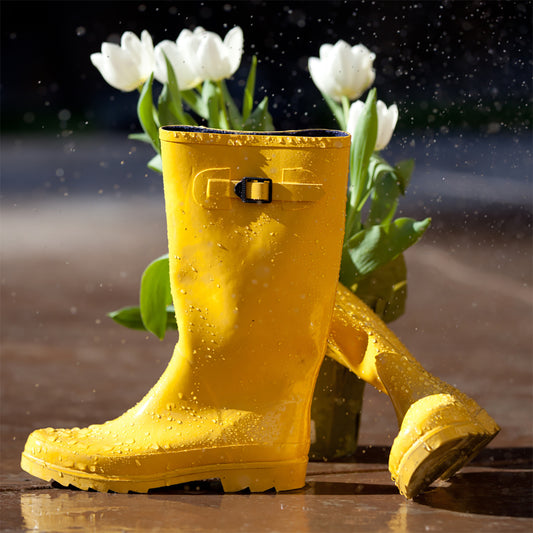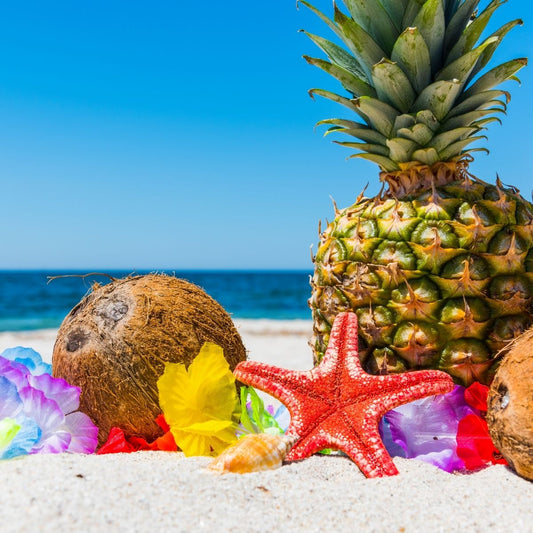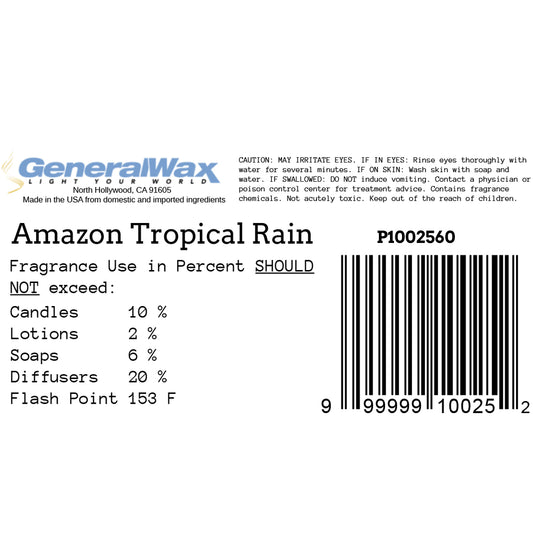Scented Candles: Everything Candle Makers Need To Know About Candle Fragrance
Scented Candles: Everything Candle Makers Need To Know About Candle Fragrance
1. What Kind Of Candle Fragrance Should I Use?
Here at General Wax, we currently carry two main families of fragrances: Regular and Ultra. Our regular fragrances are compatible with all wax types we offer. You can use any of the regular fragrances with any wax, either you decide to go with a natural soy/coconut wax blend like our Cargill C3 or paraffin like our House Blend.
Our Ultra fragrances are compatible with all wax types as well. Their difference lays in the throw strength and overall premium, more sophisticated quality of the fragrance. Comparably to the Regular Fragrances, you can use our Ultras with any wax we offer.
When it comes to beeswax, you are able to add fragrances to the wax once melting but we cannot guarantee the results! Beeswax is already naturally scented and the results might not be the ones expected when mixing fragrances to the honey-like smell of beeswax. No matter what your project is, we always recommend doing your own burn test to make sure your candle is as safe and delightful as you expect.
-
Cargill C3 Naturewax 100% Soy Wax Container 45 lbs Case
Regular price $111.15Regular priceUnit price perCargill C3 Naturewax 100% Soy Wax Container (5lbs. Bag)
Regular price $15.99Regular priceUnit price perUltra Wax - Coconut-Soy Blend
Regular price $16.50Regular priceUnit price perGolden Brands 464 Soy Wax 45 lb Case
Regular price $101.25Regular priceUnit price per2. What Is The Flashpoint And How Important Is It?
You probably heard the term flashpoint used in fragrance oils without thinking much about it. The flashpoint is the temperature at which point the fragrance oil becomes combustible if exposed to a spark or flame. The lower the flashpoint, the faster it can catch on fire. In general, the flashpoint is mostly important for those who make gel candles: a lower flashpoint might restrict you from shipping your candles in certain ways as it would be a fire hazard. It is recommended to use fragrances with a flashpoint above 175ºF; anything under that and your gel candle will easily catch fire. We also recommend you check with your shipping company to learn more about their regulations.
We always recommend you use our Candle Making Thermometer to constantly monitor your wax temperature and get the best results. As a general rule, and regardless of the kind of wax you use, it is recommended to:
- Fragrance Flashpoint Under 130ºF = Add it to wax at 130ºF
- Fragrance Flashpoint Between 130ºF to 180ºF = Add it to wax at the fragrance flashpoint
- Fragrance Flashpoint Above 180ºF = Add it to wax at 180ºF
Fragrance oils do not degrade in hot waxes. So if you pour your fragrance in a wax that's hotter than the fragrance flashpoint, it doesn't mean that the fragrance will lose its throw or catch fire. However, it degrades when it reaches a boiling point, which is way hotter than the flashpoint temperature.
-
Woodwick Bars (Pack Of 25)
Regular price $2.30Regular priceUnit price perWide Large Wax Melting Pot
Regular price $9.49Regular priceUnit price perStandard Candle Melting Pot
Regular price $14.99Regular priceUnit price perAdhesive Dots - 100 Pieces
Regular price $4.99Regular priceUnit price per3. What Percentage Of Candle Fragrance Should I Use?
In general, most waxes will not hold more than 12 percent fragrance. Usually, candles you find in stores contain an average of about 6 percent fragrance whereas high-quality premium candles contain up to 10 percent. Read about your wax to find out the maximum amount of fragrance you can use.
As a rule of thumb, in order to optimize scent throw and not compromise your candle stability, we recommend using between 6 to 10 percent of fragrance in your candle mixture.
PERCENT x WAX WEIGHT = FRAGRANCE AMOUNT
So let's say you are using a soy wax that can hold up to 10 percent worth of fragrance and you are making a 10-ounce candle, you would need to use 1 ounce of fragrance:
0,10 (percent) x 10 oz (wax weight) = 1 oz (fragrance amount)
4. When Should I Add The Fragrance To The Wax?
As mentioned before, add your fragrance at a temperature high enough for the wax to fully expand but not too high so the fragrance does not degrade and lose its throw.
In general, you can add fragrance when the wax is between 175ºF to 185ºF. Also, make sure you remove the wax from the heat source before adding your fragrance to the mixture.
Always refer to the manufacturer's recommendations and run your own burn tests to make sure of the results. Candle making is like chemistry and there's no way to guarantee the results better than a burn test.
These Candle Fragrances Are Top-selling Right Now
-
After Dark Ultra - Candle Fragrance Oil (BBW Type)
Regular price From $9.79Regular priceUnit price perAfter the Rain - Ultra Candle Fragrance Oil
Regular price From $9.79Regular priceUnit price perAll I Want for Christmas Ultra – Candle Fragrance Oil
Regular price From $11.99Regular priceUnit price perAmazon Tropical Rain - Candle Fragrance Oil
Regular price From $8.99Regular priceUnit price per- Choosing a selection results in a full page refresh.
- Opens in a new window.




